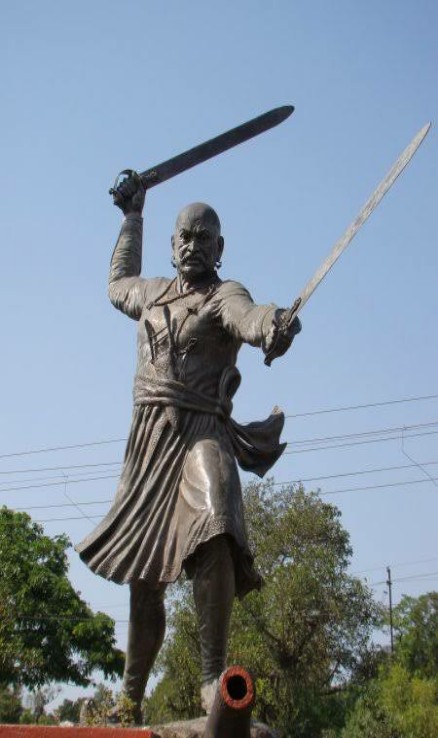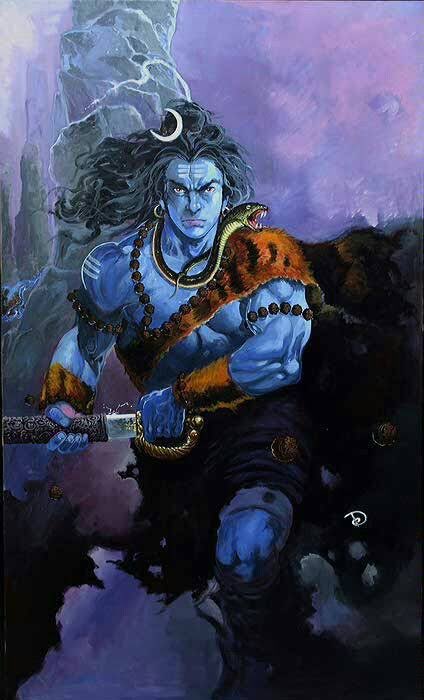The Amazons of Dahomey.
It is noon on a humid Saturday in the fall of 1861, and a missionary by the name of Francesco Borghero has been summoned to a parade ground in Abomey, the capital of the small West African state of Dahomey.
As Father Borghero fans himself, 3,000 heavily armed soldiers march into the square and begin a mock assault on a series of defenses...
The soldiers advance in silence, reconnoitering. Their first obstacle is a wall—huge piles of acacia branches bristling with needle-sharp thorns, forming a barricade that stretches nearly 440 yards.
When, or indeed why, Dahomey recruited its first female soldiers is not certain.
Women had the advantage of being permitted in the palace precincts after dark (Dahomean men were not), and a bodyguard may have been formed, Alpern says, from among
At least one bit of evidence hints that Alpern is right to date the formation of the female corps to the early 18th century: a French slaver named Jean-Pierre Thibault, who called at the...
Dahomey’s female troops were not the only martial women of their time. There were at least a few contemporary examples of successful warrior queens,..
Backing for this hypothesis can be found in the writings of Commodore Arthur Eardley Wilmot, a British naval officer who called at Dahomey in 1862 and observed that women heavily outnumbered men in its towns—a...
No Dahomean records survive to explain Gezo’s expansion, but it was probably connected to a defeat he suffered at the hands of the Yoruba in 1844.
Recruiting women into the Dahomean army was not especially difficult, despite the requirement to climb
While Gezo plotted his revenge against the Egba, his new female recruits were put through extensive training. The scaling of vicious thorn hedges was intended to foster the stoical acceptance of pain, and the women also wrestled one another
The aspect of Dahomean military custom that attracted most attention from European visitors, however, was “insensitivity training”—exposing unblooded troops to death.
For the most part, too, the enlarged female corps enjoyed considerable success in Gezo’s endless wars, specializing in...
By the late 1870s Dahomey had begun to temper its military ambitions. Most foreign observers suggest that the women’s corps was reduced to 1,500 soldiers at about this..
In the uneasy peace that followed, Béhanzin did his best to equip his army with more modern weapons, but the Dahomeans were still no match for the large French force that was assembled to complete the...
Their last enemies were full of praise for their courage. A French Foreign Legionnaire named Bern lauded them as “warrioresses… fight with extreme valor, always ahead of the other troops. They are outstandingly brave … well trained for combat...
Most sources suggest that the last of Dahomey’s women warriors died in the 1940s, but...
The blood flows,
You are dead.
The blood flows,
We have won.
The blood flows, it flows, it flows.
The blood flows,
The enemy is no more.
But suddenly she stops, dazed. Her body bends, hunches, How old she seems, older than before!
She is a former warrior, an adult explains…. The battles ended years ago, but she continues the war in her head.
https://t.co/DKhNmdUlKI
#DahomeyAmazons
#KingdomOfDahomey
#AfricanHistory
#BlackHistoryMonth
More from Olaudah Equiano®
More from History
TIL:
- first Western detective stories translated & published in Japan in *1863*--that's pre-Meiji, even!
- first Chinese-written detective stories featuring Western-style detectives starred women as both detectives and criminals were published in 1907--author Lü Simian (!).
Quote: “This case is so complicated that even Sherlock Holmes would feel helpless if it fell into his hands. [Now] it is solved by a woman who returned from abroad for a brief
visit to her hometown. Who is to say that the wisdom of Chinese cannot compete with the Westerners?”
The lead female detective in these stories, Chu Yi, is a fan of Doyle's Holmes stories and asks herself "What would Sherlock Holmes do?" while crime-solving, but succeeds through her use of martial arts and more "Chinese" attributes--China, not the West, solves the crimes.
Author Lü Simian, btw, is this guy: https://t.co/swPvAxr87J . One of the "four greatest modern Chinese historians," also wrote a landmark work of literary theory, and helped cohere Chinese detective fiction with his stories. Bit of a badass.
Holmes was the dominant influence on Chinese detective fiction of the late-Qing & early Republic years, and the biggest star of Chinese detective fiction of those years, Cheng Xiaoqing's Huo Sang, was a spin on Holmes.
- first Western detective stories translated & published in Japan in *1863*--that's pre-Meiji, even!
- first Chinese-written detective stories featuring Western-style detectives starred women as both detectives and criminals were published in 1907--author Lü Simian (!).
Quote: “This case is so complicated that even Sherlock Holmes would feel helpless if it fell into his hands. [Now] it is solved by a woman who returned from abroad for a brief
visit to her hometown. Who is to say that the wisdom of Chinese cannot compete with the Westerners?”
The lead female detective in these stories, Chu Yi, is a fan of Doyle's Holmes stories and asks herself "What would Sherlock Holmes do?" while crime-solving, but succeeds through her use of martial arts and more "Chinese" attributes--China, not the West, solves the crimes.
Author Lü Simian, btw, is this guy: https://t.co/swPvAxr87J . One of the "four greatest modern Chinese historians," also wrote a landmark work of literary theory, and helped cohere Chinese detective fiction with his stories. Bit of a badass.
Holmes was the dominant influence on Chinese detective fiction of the late-Qing & early Republic years, and the biggest star of Chinese detective fiction of those years, Cheng Xiaoqing's Huo Sang, was a spin on Holmes.
You May Also Like
A brief analysis and comparison of the CSS for Twitter's PWA vs Twitter's legacy desktop website. The difference is dramatic and I'll touch on some reasons why.
Legacy site *downloads* ~630 KB CSS per theme and writing direction.
6,769 rules
9,252 selectors
16.7k declarations
3,370 unique declarations
44 media queries
36 unique colors
50 unique background colors
46 unique font sizes
39 unique z-indices
https://t.co/qyl4Bt1i5x

PWA *incrementally generates* ~30 KB CSS that handles all themes and writing directions.
735 rules
740 selectors
757 declarations
730 unique declarations
0 media queries
11 unique colors
32 unique background colors
15 unique font sizes
7 unique z-indices
https://t.co/w7oNG5KUkJ

The legacy site's CSS is what happens when hundreds of people directly write CSS over many years. Specificity wars, redundancy, a house of cards that can't be fixed. The result is extremely inefficient and error-prone styling that punishes users and developers.
The PWA's CSS is generated on-demand by a JS framework that manages styles and outputs "atomic CSS". The framework can enforce strict constraints and perform optimisations, which is why the CSS is so much smaller and safer. Style conflicts and unbounded CSS growth are avoided.
Legacy site *downloads* ~630 KB CSS per theme and writing direction.
6,769 rules
9,252 selectors
16.7k declarations
3,370 unique declarations
44 media queries
36 unique colors
50 unique background colors
46 unique font sizes
39 unique z-indices
https://t.co/qyl4Bt1i5x

PWA *incrementally generates* ~30 KB CSS that handles all themes and writing directions.
735 rules
740 selectors
757 declarations
730 unique declarations
0 media queries
11 unique colors
32 unique background colors
15 unique font sizes
7 unique z-indices
https://t.co/w7oNG5KUkJ

The legacy site's CSS is what happens when hundreds of people directly write CSS over many years. Specificity wars, redundancy, a house of cards that can't be fixed. The result is extremely inefficient and error-prone styling that punishes users and developers.
The PWA's CSS is generated on-demand by a JS framework that manages styles and outputs "atomic CSS". The framework can enforce strict constraints and perform optimisations, which is why the CSS is so much smaller and safer. Style conflicts and unbounded CSS growth are avoided.


























